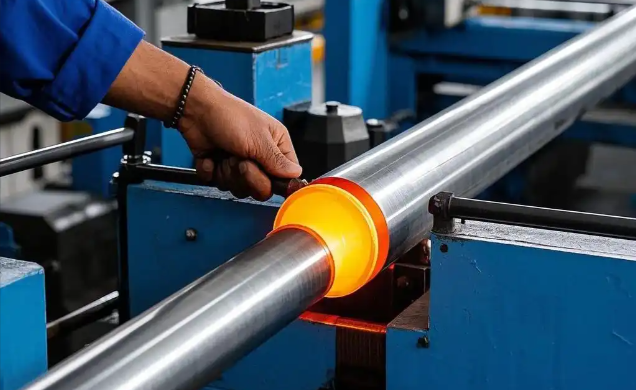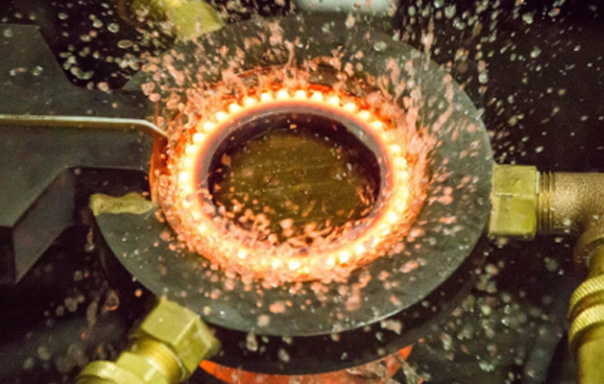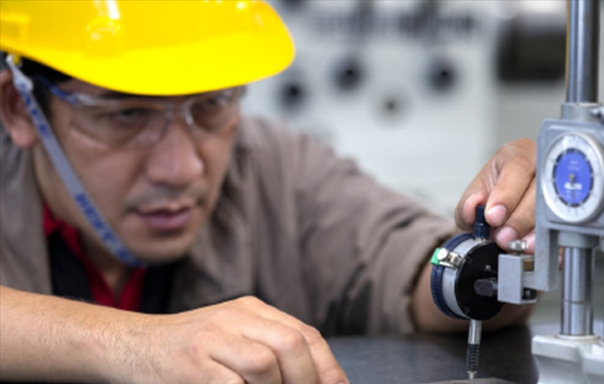Daily press, 2025-09-23, 03:50 pm
The Differences Between Rough Rolling and Finish Rolling
In the field of metal processing, rough rolling and finish rolling are two key processes, with significant differences in their techniques, purposes, and applications. Understanding these differences is crucial for professionals engaged in engineering fields such as prestressed concrete structures, bridges, dams, tunnels, and slope anchoring to achieve accurate material selection and quality control.
Rough rolling is the initial stage of metal rolling, whose core purpose is to quickly process large-sized steel billets (or metal blanks) into intermediate products with a certain shape and size, laying the foundation for subsequent finish rolling. This process is usually carried out in a high-temperature environment (e.g., in hot rolling processes), using relatively large rolling force and high rolling speed to efficiently reduce the thickness and width of the blanks. Since only "preliminary shaping" is required, the requirements for the precision of rolling equipment and control systems are relatively low.
Finish rolling, on the other hand, is a further refined processing of intermediate products based on rough rolling, ultimately meeting the dimensional accuracy and surface quality standards required for finished products. During finish rolling, whether it is high-temperature finish rolling in conjunction with hot rolling processes or normal-temperature finish rolling in cold rolling processes, the rolling force and rolling speed are relatively reduced, with the focus shifting to "precision shaping". At the same time, the requirements for the precision of rolling equipment are extremely high (e.g., roll smoothness, real-time pressure monitoring systems). Through strict process control, the dimensional deviation of products can be controlled within a very small range, and the surface quality is also smoother and flatter.
Products after rough rolling are "semi-finished products" with low dimensional accuracy (e.g., the thickness tolerance is usually ±1-5mm) and relatively poor surface quality. They often have residual scale, rolling marks, and even slight surface defects, which cannot directly meet the requirements of engineering applications. Generally, they need to undergo finish rolling or other secondary processing before further use.
Products after finish rolling, however, are "finished-grade" materials with extremely high dimensional accuracy (the thickness tolerance can be as low as ±0.02-0.5mm, depending on the product type). They have a smooth surface without obvious defects and stable mechanical properties, and can be directly used in various engineering fields with quality requirements.
The application scenarios of rough-rolled products are relatively limited. They are mainly used in occasions with low requirements for dimensional accuracy and surface quality, such as serving as raw materials for the finish rolling process or basic blanks for subsequent processes like forging and cutting. They are barely used directly as engineering structural components.
Due to their high-quality characteristics, finish-rolled products are widely used in fields with high requirements for product performance and precision. For example, finished-rolled threaded steel, anti-floating anchor rods, epoxy-coated steel bars, finished-rolled nuts, and prestressed threaded steel bars are all typical finish-rolled products. Relying on advanced production equipment, mature rolling processes, and modern production lines, such products achieve high-precision quality and can accurately meet the strict quality requirements of engineering fields such as prestressed concrete structures, bridges, dams, tunnels, and slope anchoring.
Related Reading





